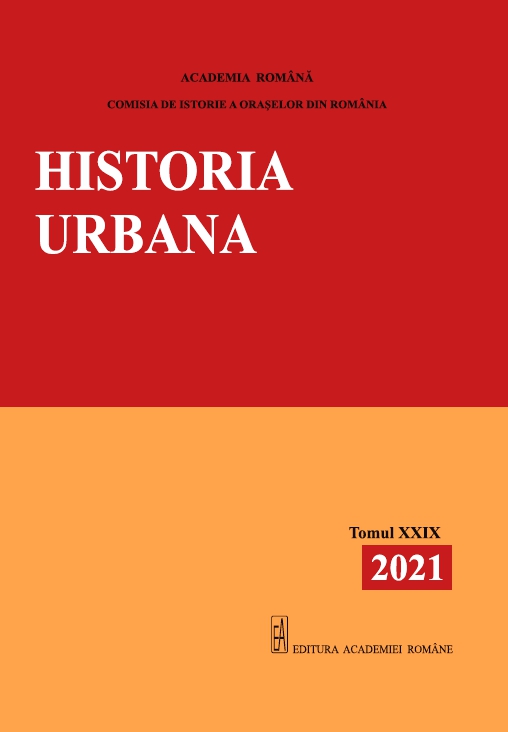Rolul Universității din Cluj în dezvoltarea orașului (1872–1914)
The Role of the University of Cluj in the Development of the City (1872–1914)
Author(s): Szilárd TothSubject(s): Local History / Microhistory, History of Education, 19th Century, Pre-WW I & WW I (1900 -1919)
Published by: Editura Academiei Române
Keywords: Cluj; University of Cluj; infrastructural development; water supply network; public lighting; electricity; multipositional elite; civil initiative;
Summary/Abstract: Cluj was a medium-sized city in the middle of the 19th century, but it was lucky to be chosen the second university centre in Hungary, after Budapest. It is worth mentioning that the railway arrived in Cluj only in 1870, only two years before the re-establishment of the university, and that in 1873 the city was decimated by the cholera epidemic, and then in 1876 it was devastated by a huge fire, and in 1879 by floods. Thus, the infrastructural development of the city began only in the last two decades of the century. This infrastructural development was accelerated by the needs of the university and the intellectual capital imported by this institution into the city. For example, the cityʼs water and sewerage network was due to the fact that the Minister of Education and Cults Treffort Ágoston initiated the construction of a water supply network for research institutes and laboratories of the university, and the City Council took advantage of this initiative and joined the project. Another example is the switching of public lighting from gas to electricity, a project carried out at the long insistence of a civil initiative led by professor Fabinyi Rudolf. In the study I tried to make a complete analysis of the direct and indirect influence of the university on the development of the city.
Journal: Historia Urbana
- Issue Year: XXIX/2021
- Issue No: 29
- Page Range: 113-130
- Page Count: 18
- Language: Romanian
- Content File-PDF

